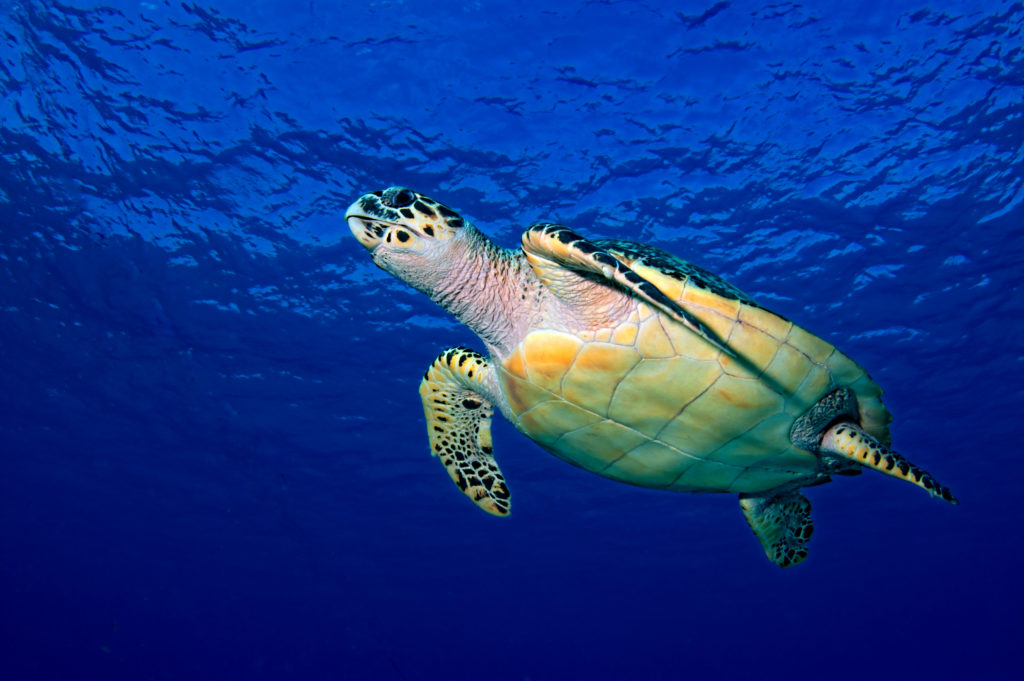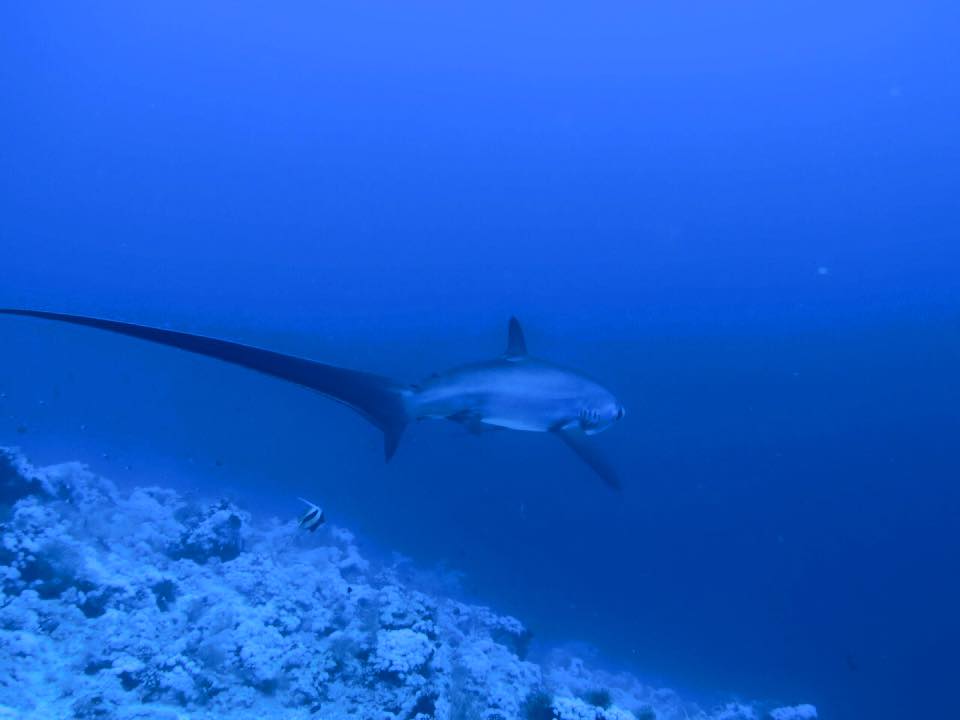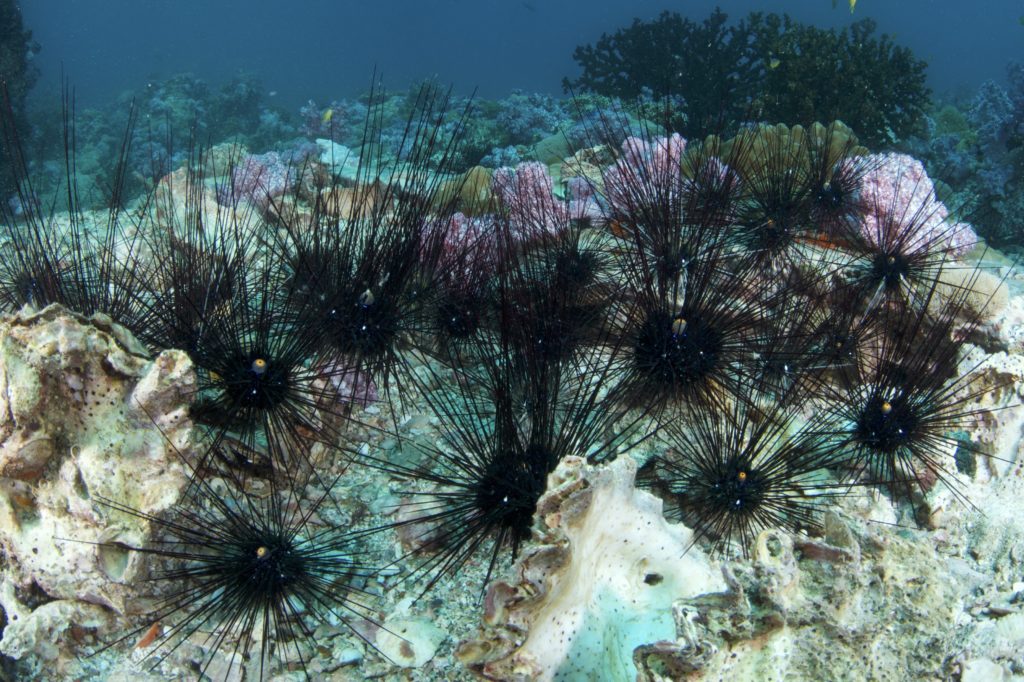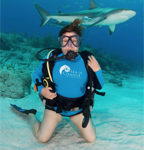By Raquel Gilliland and Breilly Roy; Sea of Change Foundation interns
Welcome to our fourth “Creature Feature!” For those of you joining us for the first time, each week we briefly introduce you to some fascinating facts about a sea creature, why it is special and unique, and its conservation status. This week’s creature is a distant relative of the snail and a master of disguise. Have you figured it out yet? It’s the common cuttlefish!

Cuttlefish belong to the phylum Mollusca which consists of organisms such as snails, clams, scallops, oysters, octopuses, and squid. One common feature of this particular phylum is that all members have/had some form of exoskeleton or shell. As these creatures evolved, some lost their shells. Cuttlefish have the remnants of this body armor, but it is located inside their bodies and is called the “cuttlebone.”
These cephalopods, which means “head foot” in Greek, are unique in that they can camouflage themselves with their environment, much like a chameleon. Unlike the reptile though, the cuttlefish can change not only it’s skin color but it’s texture as well. This expert camouflage is carried out by two different types of specialized cells, papillae cells for texture and chromatophores for color.
Beyond their unique skin, cephalopods are also known for their high intelligence levels. Cuttlefish have brain cells that are similar to humans. Using this information, scientists have learned more about how the human brain operates and hope to apply that knowledge to find cures for diseases.
Thankfully, this species (Sepia officinalis) is considered an organism of least concern according to the IUCN Red List. If their habitat is protected, these creatures should inhabit the oceans for thousands of years to come.








